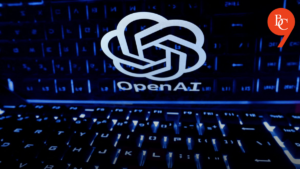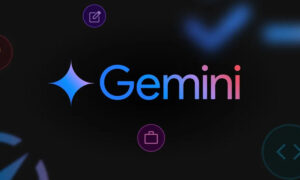Meta AI Introduces Multi-Token Attention (MTA): An Innovative Approach for LLMs to Adjust Attention Weights Based on Multiple Query and Key Vectors

Meta AI Introduces Multi-Token Attention (MTA)
What is Multi-Token Attention?
Meta AI has recently proposed an innovative approach known as Multi-Token Attention (MTA). This new method enhances the functionality of Large Language Models (LLMs) by allowing them to condition their attention weights on multiple query and key vectors.
LLMs are known for their ability to generate human-like text; however, the efficiency of their attention mechanisms can limit how they process and generate information. MTA aims to overcome these limitations.
Understanding Attention Mechanisms
What is Attention in LLMs?
Attention mechanisms are a fundamental aspect of LLMs. They determine how much focus the model should give to different parts of the input data when making predictions or generating text. Traditional attention mechanisms use a single query to compute attention weights against all available keys. This can sometimes lead to a narrow focus, limiting the model’s understanding of complex relationships within the data.
The Role of Queries and Keys
In basic terms, a query is what the model is trying to understand or analyze, while keys are potential sources of information that the model can reference. In typical scenarios, an LLM utilizes a single query to retrieve relevant information from a variety of keys. This setup, while effective, can benefit from added complexity.
What Makes MTA Different?
Conditioning on Multiple Vectors
One of the significant advancements with MTA is its ability to condition attention weights on several query and key vectors at once. This capability allows the model to tap into a more extensive range of informational cues, much like how humans use multiple frames of reference to understand a situation better.
Enhanced Flexibility
MTA brings flexibility to how LLMs can process language and context. By utilizing multiple token vectors, models can better grasp nuances and relationships in text. This enhanced processing can lead to improvements not only in comprehension but also in the generation of coherent and contextually relevant outputs.
Potential Applications of MTA
Improved Text Generation
One of the immediate applications of MTA is in text generation tasks. With better attention mechanisms, LLMs can create more intricate, nuanced, and engaging content, making them more effective in both conversational AI and creative writing.
Better Machine Translation
Another promising application of MTA lies in machine translation. By allowing LLMs to consider multiple aspects of source text simultaneously, the accuracy and quality of translations can improve significantly, facilitating better communication across languages.
Enhanced Contextual Understanding
MTA might also lead to a deeper understanding of contextual nuances in various fields, including sentiment analysis and information retrieval. The ability to focus on multiple query-key pairs could yield insights that were previously missed.
Advantages of Multi-Token Attention
- Increased Contextual Insight: MTA enables LLMs to harness multiple dimensions of context, leading to a richer understanding.
- Greater Coherence in Output: By improving the attention mechanism, the outputs generated by LLMs are likely to be more coherent and relevant.
- Versatility in Applications: MTA’s flexibility allows it to be applied across various domains beyond text generation, such as translation and analysis.
Future Implications
As the field of artificial intelligence continues to evolve, innovations like Multi-Token Attention represent the cutting edge of what LLMs can achieve. By integrating these sophisticated attention mechanisms, future models will likely become more adept at understanding and generating language in ways that closely resemble human thought processes.
Meta AI’s initiative could change how developers and researchers approach language processing tasks, setting a new standard in LLM capabilities.






